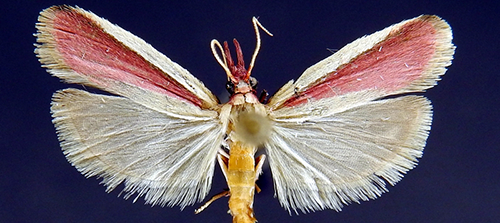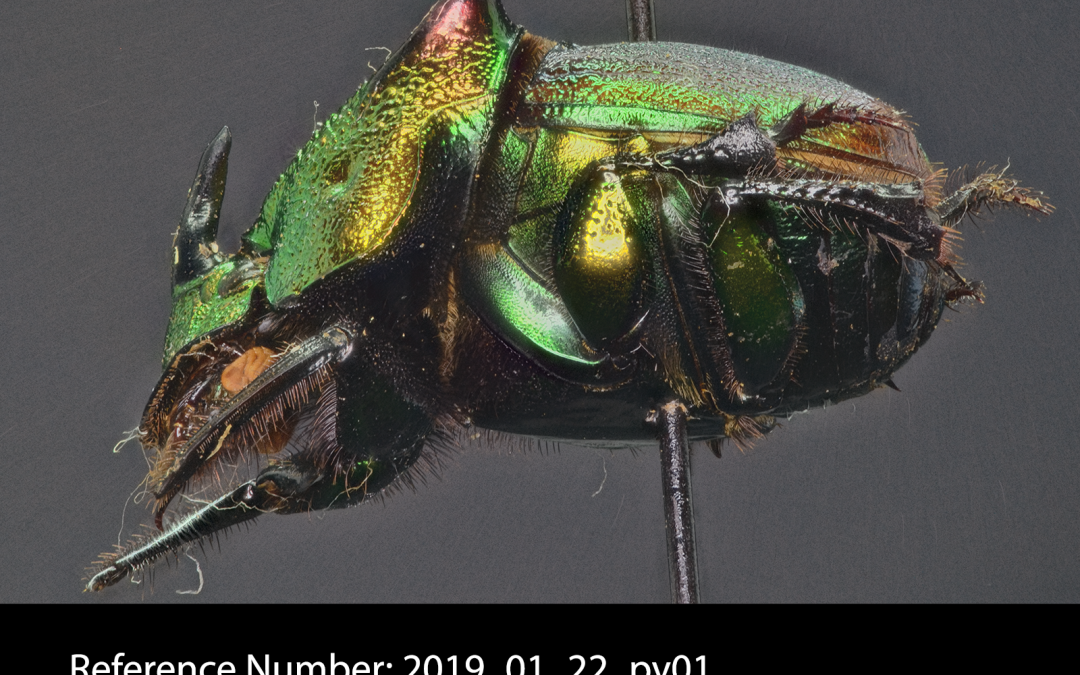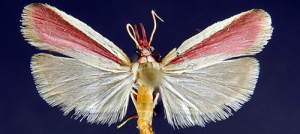Continuing our theme of beetles for the second “insect of the week,” I thought it appropriate to focus on the rainbow scarab (Phanaeus vindex). This species was described by MacLeay in 1819. Although it looks most exotic, it is a species native to Illinois. This species is considered a “true” dung beetle as it feeds on feces during both the larval and adult stages. It helps break down the dung and aids in recycling nutrients into the soil. By burying the dung, they also help reduce the populations of disease carrying flies which also feed on this resource. Unlike other dung beetles (which roll a ball of dung), this species builds its nest directly under the dung pile. This is where they build balls of dung and place their eggs there.
This is the most widespread species of this genus (found from the eastern U.S. to Arizona and south to Mexico. Males have horns (shown here); females lack these prominent horns. This species prefers dung from animals which have a diverse diet. For those who wish to learn more, Wikipedia has a nice summary article about this species. Adults are typically active in Illinois from May through August.


